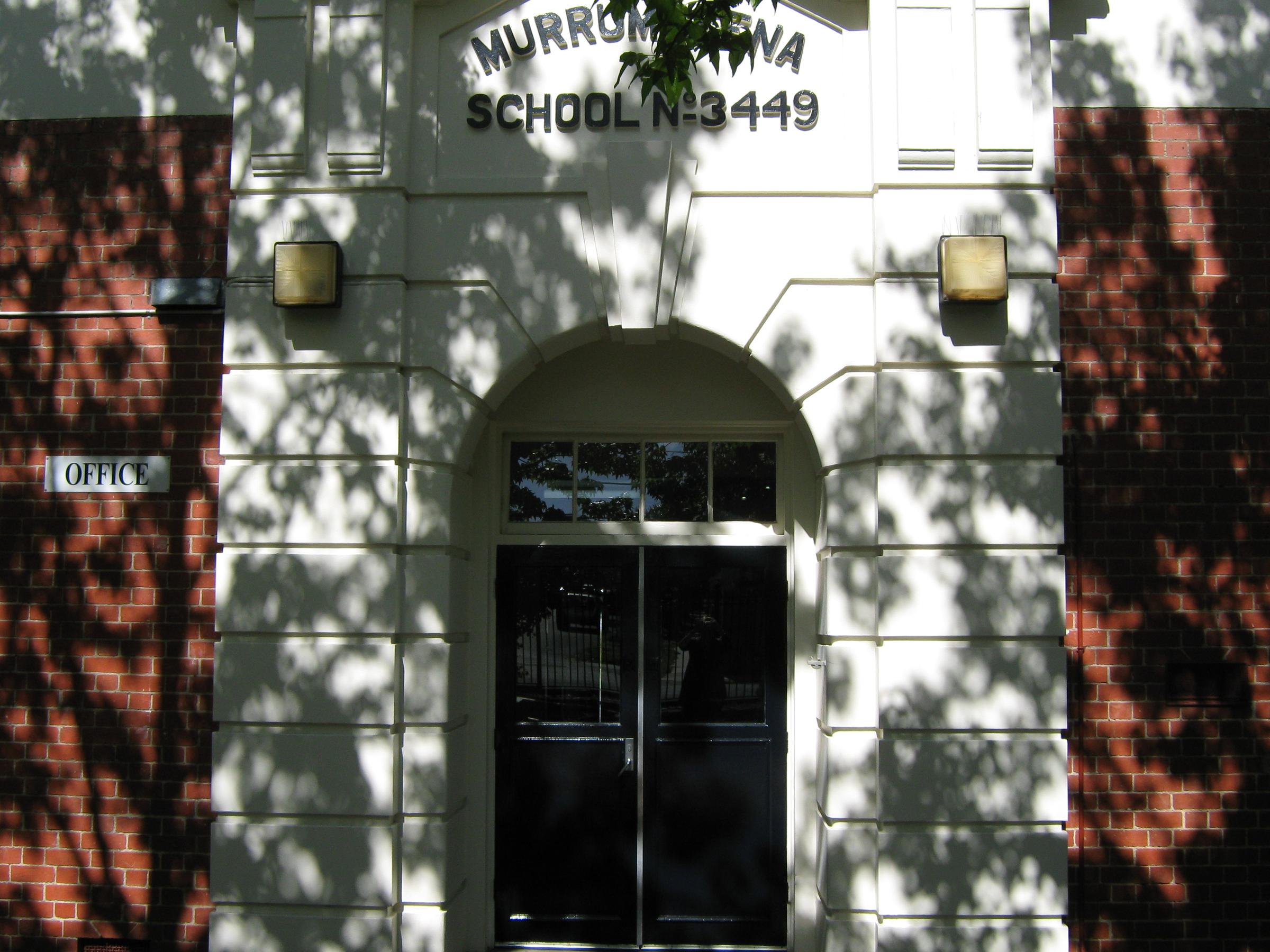From the Principal

The Resilience Project
As part of our school’s wellbeing program, all classes participate in lessons from The Resilience Project (TRP). These lessons are designed to help students build positive mental health through the key pillars of gratitude, empathy, mindfulness (GEM), and emotional literacy—the ability to recognise, understand, and manage their own emotions, while responding to the emotions of others in healthy ways.
At yesterday’s staff meeting, a TRP presenter guided us through a range of reflective activities. Together, we explored what we’re doing well to support the wellbeing of our students, ourselves, and each other—and identified new opportunities to embed wellbeing practices more deeply into our school community.
It was a timely reminder that in the busyness of school, work, and extracurriculars, it's important to leave space for unstructured, recreational time. How does your family connect? Do you have a favourite routine—perhaps sharing the best part of the day or one thing you’re grateful for at the dinner table?
Our newsletters have included simple, practical ways families can nurture wellbeing at home, and we encourage you to revisit those ideas. This week, we’re excited to introduce GEM Chats—a great way to bring gratitude, empathy and mindfulness into everyday family life.
Road Safety Update
Since raising our concerns about students’ safety on the roads when travelling to and from school, we have received numerous parent emails to inform us of ‘near miss’ accidents. These include:
- Students riding their bikes or walking directly onto roads without stopping and looking for oncoming vehicles.
- Cars not slowing down or stopping for pedestrians who have right of way, even at traffic lights and supervised crossings.
It seems that even in our overcrowded curriculum, parents and the school must share the responsibility of providing our students with explicit road safety lessons and modelling safe behaviours on a daily basis.
The Glen Eira City Council have the following steps underway:
School Crossing Safety Assessments
Conducting traffic and pedestrian counts, along with speed surveys, at the Neerim Road and Railway Parade intersection. These assessments will help determine whether the site meets the criteria for a supervised crossing or other safety improvements.
Determination of Crossing Supervision
Based on the data collected, they will assess the eligibility for a school crossing supervisor and explore the feasibility of installing flashing lights to enhance driver awareness.
Broader ‘Safety Around Schools’ Review
This will include a precinct-wide review of:
- Student and driver behaviour
- Signage and line marking
- Potential for additional crossings
- Strategic transport planning for the surrounding area
We encourage families to walk and ride to school, especially over these next couple of weeks which will send a strong message to GEC.
Emergency Procedure Drills
Each term, our whole school participates in an emergency drill to ensure we are well-prepared and know how to respond in different situations. This year, our schedule includes:
- Term 1 – Evacuation Drill (to the oval)
- Term 2 – Lockdown Drill (remain in classrooms)
- Term 3 – Shelter-in-Place Drill (move to buildings with toilet and water facilities)
- Term 4 – Offset Evacuation Drill (to an alternate location)
Drills may occur at any time during the school day, allowing us to test a variety of scenarios and make improvements where needed.
As part of these procedures, one of our office staff members is responsible for ensuring that all visitors and volunteers are accounted for. While most parents and visitors are diligent about signing in using the Compass Kiosk, we’ve noticed that some forget to sign out when leaving. This can lead to confusion during a drill, as we may be searching for someone who has already departed.
We kindly ask that all visitors to our school—including classroom helpers and SAKG volunteers—please remember to sign in and out via the Compass Kiosk at the front office. This small step helps us keep everyone safe.
Thank you for your support in maintaining a safe and prepared school environment.
Update Your Emergency and Contact Information
Throughout the year, changes can occur—new addresses, updated phone numbers, or changes to emergency contacts. We know that some families have recently moved or changed numbers, so now is a great time to check that your contact details are up to date.
In the event of a real emergency, the school communicates via a bulk SMS message to parents. It’s essential that we have the correct mobile number on file to ensure you receive important updates promptly.
If a student is unwell, injured, or not collected at the end of the day, and we are unable to reach a parent, we will call the listed emergency contact. That’s why it’s so important to notify the school of any changes as soon as they happen.
If you’re unsure whether your details are current, please feel free to call the office—we’re happy to check for you. To update your information, simply email the school with the new details.
Supporting Children Through Separation and Building Resilience
As the colder months set in, some students may find it more difficult to separate from parents at drop-off time, especially when feeling tired, missing home comforts, or adjusting to winter routines. This is a normal part of early school life and can be especially common during seasonal changes. Parents can support their child by maintaining consistent routines at home, ensuring plenty of sleep, limiting screen time before bed, and making time for calm, unstructured play. A quick, confident goodbye at drop-off reassures your child that school is a safe place and that you'll be back. Encouraging independence and speaking positively about school can help build resilience and ease the transition each morning.
On occasion, some students may experience heightened anxiety and have difficulty separating from parents, sometimes leading to school refusal. To support families, the school has developed a one-page summary outlining the roles of both parents and the school in managing these situations. This shared understanding helps us work together effectively. You can find the School Refusal Approach document on our website under the Wellbeing tab or directly via this link: School Refusal Approach 2025.
Chellee Plumb
